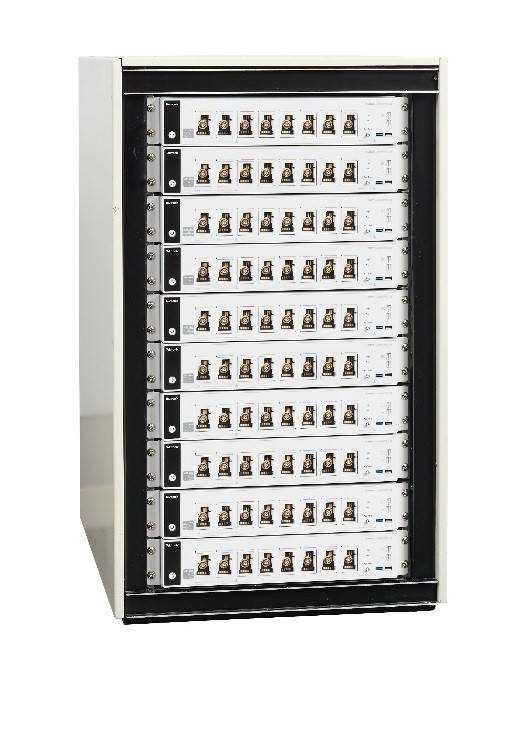

Why We Built the 5 Series MSO Low Profile Oscilloscope
By Mark Briscoe, Tektronix
Over the past few years, I’ve been seeing a trend emerge, especially among large research facilities – they are running out of space for test equipment. These rather large facilities are where cutting edge research into high-energy physics take place. There are quite a few of these facilities around the world, with objectives varying from sustainable fusion to weapons research.
Some well-known examples of these facilities include:
- Sandia National Laboratories Z-Machine
- CERN’s Large Hadron Collider
Even though the goals of the various experiments and labs are different, they share many common attributes and challenges.
Fundamentally, they all study the effects of fast releases of energy. These facilities use huge, complex “machines” to generate almost incomprehensible amounts of energy and release it in controlled experiments, often referred to as “a shot.” High-speed, multi-channel data acquisition systems are used to capture not only the resulting high-energy event, but also the performance of each element in the system.
Digital storage oscilloscopes make up a significant portion of the instrumentation. They are time-tested, robust, versatile and reliable and well-equipped to take high-speed captures of impulses. They’re naturals for the job at hand.
The scientists and engineers I talked to at these facilities were looking to add more channels to their systems, especially in the monitoring or diagnostic functions – if they could find room for more equipment. But the fact is that they’re running out of room for oscilloscopes. Because of the huge energy releases, you can’t just park a scope anywhere you want. Instruments must be shielded, and extreme care must be taken with cabling.
A big part of what we do at Tektronix is talk to our customers about the challenges they are facing. Innovation big or small requires collaboration. With that in mind, we took up the task of seeing just what we could do to provide more full-function scope channels in less space? Ultimately, this led to the development of the recently released 5-Series MSO Low Profile that dramatically increases channel density for a given space and is very well-suited for high-energy physics applications.


The 5 Series MSO Low Profile takes just 2U of rack space for 8 channels.
To address the needs of high-energy researchers, one answer was obvious: make a smaller scope.
The second answer was equally obvious, but harder to do: add more channels. To do this, we had to develp a new, highly-integrated ASIC (the new Tek049) to fit more channels in a smaller form factor.
The third answer wasn’t so obvious, and required some study of the measurement systems: the need was to provide more vertical resolution while maintaining performance in other areas of data acquisition like bandwidth, sample rate, and record length.
As I learned about high-energy measurement applications, I found that in some cases engineers would run the same signal into multiple channels on their scope – a technique they call “stitching” because following the acquisition, they would stitch the waveform back together using the data from multiple channels. “Why are you doing that I asked?” They explained that they wanted to see both the “big picture” at say 10 V/div, but also signal details at say 0.1 V/div. They would use the different amplifier settings to get enough detail out of the 8-bit ADCs in their scopes. Two problems arose from this technique:
- They used up their data acquisition channels very quickly and very inefficiently.
- They overdrove the scope inputs leading to potentially compromised data for a period of time before the oscilloscope’s amplifiers recovered from the overdrive event.
It was this understanding of the customer’s environment that provided much of the impetus for the new 5 Series MSO Low Profile. As a result, it’s the first scope that truly solves the scope space crunch in high-energy physics. We built the new instrument in a 3.5-inch high (2U) package. It has 8 input channels plus an auxiliary trigger input, and uses 12-bit ADCs on each channel. These attributes give scientists six times more measurement channels in the same space and provides enough vertical resolution and dynamic range to view fine signal details riding on large waveforms without having to duplicate the signal across channels.
Maybe you’re not working on a gigantic particle accelerator. What would you do with eight 1 GHz oscilloscope channels in a 3.5-inch package? Head on over to the 5 Series MSO Low Profile resource page to learn more or contact your Tektronix representative for a hands-on demo.


